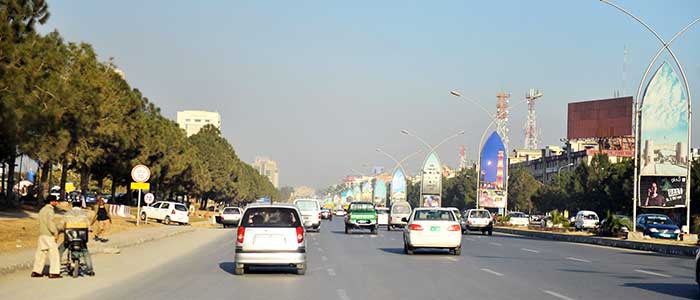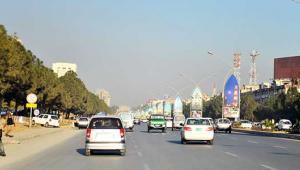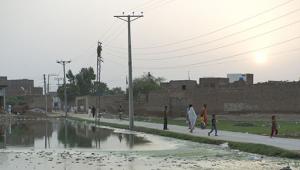Web_Islamabad_pakistan_236392390.jpg

Islamabad, Pakistan's capital city
The country has almost halved its deficit since the 2013 fiscal year, when it stood at 8.2% of GDP, to 4.6% in 2016. It had been targeting a further reduction to 3.8% this year, however Pakistan’s finance minister Ishaq Dar said yesterday it is now only expected to achieve 4.1%.
The minister was speaking at a press conference to mark the completion of the IMF’s most recent health check of the Pakistani economy after the country successfully graduated from a $6bn aid and reform programme with the fund last year.
In October 2016, IMF chief Christine Lagarde warned the country must “forcefully address” the economic issues still persisting after the programme, which had made room for greater public investment by removing many tax exemptions and concessions.
Speaking yesterday, Harald Finger, who led the IMF team in Pakistan, said lower-than-expected revenue in the first half of the fiscal year was a key reason for the need for greater efforts to reduce the deficit now.
Dar said the low revenues were due to “pro-growth incentives offered to various sectors of the economy”, particularly exports and agriculture, while $9.5m was lost as a result of the government protecting consumers against higher fuel prices.
However, he added, the government recorded a 16.1% growth in revenue collection in March compared to a year earlier, meaning overall the level of revenue collection was still “unprecedented”.
Finger also highlighted challenges related to the country’s energy sector and international economy.
He said bringing Pakistan’s ailing energy sector to a point where it is breaking even on costs will be “critical to ensure long-term success of new energy initiatives and minimise fiscal costs”.
As well as being blighted by frequent blackouts and chronic power shortages, inefficiencies in transmission and distribution have hefty costs for the public purse.
“At the same time, slower-than-expected growth of large-scale manufacturing and stagnant exports are weighing on growth prospects,” continued Finger, adding that increased imports and flat remittances were exacerbating the issue.
The fund, however, expects growth will continue rising, reaching 5% this year, thanks to improving global economic conditions and rising investment, recovering agriculture and rising investment related to the China-Pakistan Economic Corridor.
In the longer term, growth could rise to around 6% if investment growth and reforms continue and energy supply improves, Finger said.













